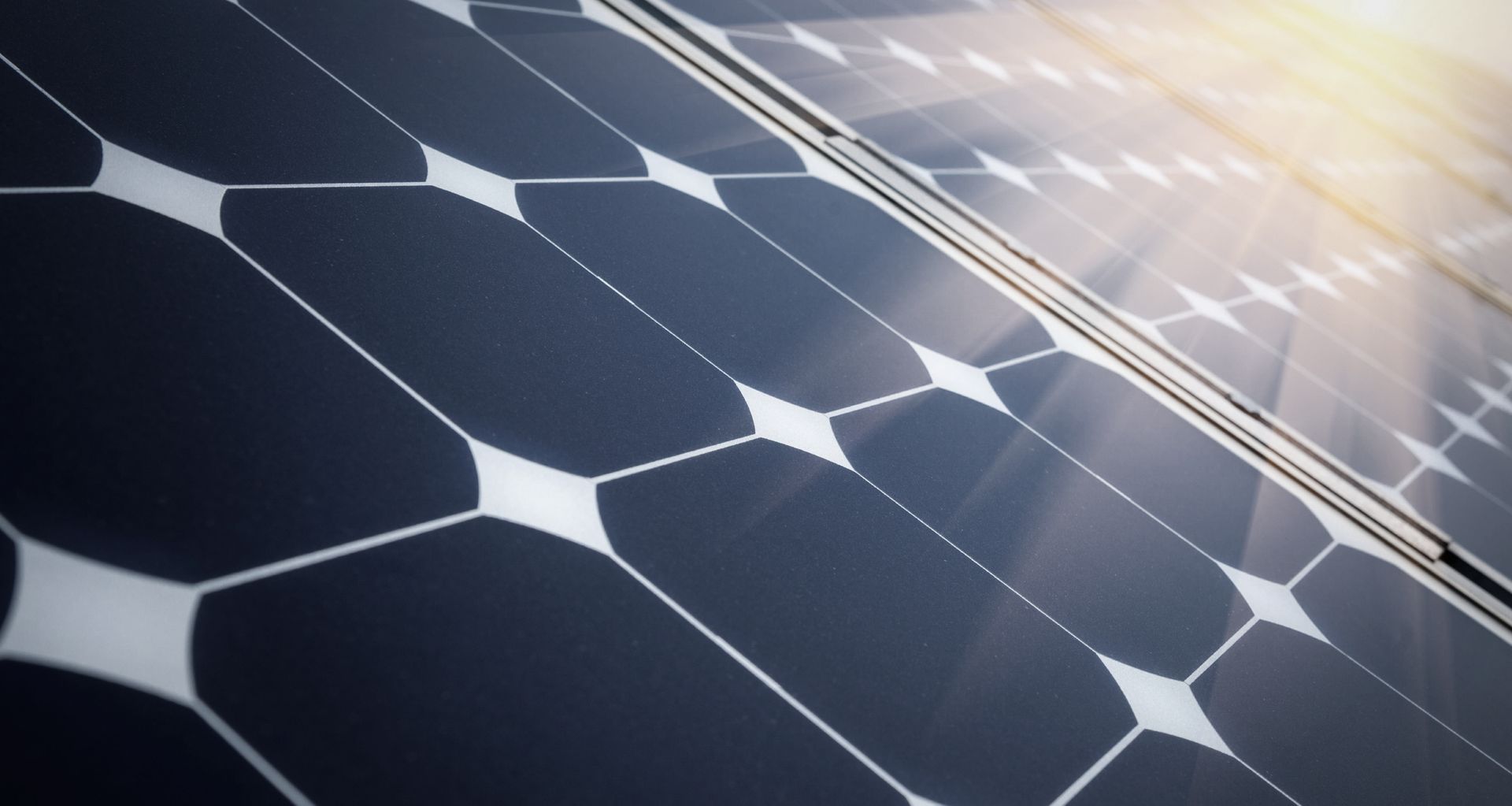How to specify the ideal hot water system for your multi-res project
Written by
14 December 2022
•
4 min read

There are two methods of producing domestic hot water for multi-res units: the most traditional is a centralised hot water system, with one electric hot water cylinder per apartment; and centralised hot water, which is where hot water is produced in a centralised plant.
Waterware technical engineer Darren Yearsley says when a building goes above about 20 apartments, a centralised system makes more sense.
“Once you go above 20 apartments, it's from a capital point of view cheaper to produce your hot water centralised and then circulated through the building than it is to produce it in each apartment.”
Darren says air to water heat pumps are one of the most efficient ways of creating hot water, and when combined with a solar PV array, there’s an opportunity to achieve carbon neutrality.

Net Zero: how does it work?
Waterware’s Net Zero project takes high temperature air to water heat pump systems and offsets them with a solar PV array.
“If we put a solar PV array on the roof, every kilowatt of electricity, which we produce for that system, we’re delivering at a rate of three to one. So as we supply one kilowatt of electricity to the pump, it gives us back three kilowatts worth of hot water.”
Typically, if you put solar on your roof, you're going to use it to run your lights, and your fridges and electric hot water cylinders. Every kilowatt of electricity you produce, you'll only get one kilowatt of hot water out of it.
“But when we combine that solar PV array system with a high temperature heat pump, now every kilowatt I produce I'm turning into three kilowatts worth of hot water.”
This means that when you’re comparing the costs of different systems, it’s crucial to understand the cost relative to what you get back, because this type of system radically reduces the payback time of the system.
In the concept stage of deciding how to create the most efficient system for a specific project, the Net Zero modelling tool creates a model for how the system needs to operate and how much hot water needs to be produced to shower everybody in the building at peak times of the day, which ultimately dictates the size requirement of the PV array.
“We try to get the proportion of the system right so that the total amount of energy which it requires to produce the hot water over the year is the same amount of energy which the solar PV system produces over the year. So in effect, you're carbon neutral, and you're close to zero running costs. So it's a very, very attractive solution.”
The modelling tool looks at the total occupancy of the building, and allocates a certain number of litres per person.
“We calculate how much water is required per person at 60 degrees Celsius, based on the scale of the quality of the building – for example, a backpackers is a very entry-level sort of building, and you would allocate 25 litres per person. If it's five-star residential, then normally you would allocate 50 litres per person.”
Once the occupancy is calculated, the system works out how to shower everybody in that building over the ‘peak’ period, which might run from 7am to 9am and 6pm to 8pm each day.
“Into the model, we take the total capacity of water needed, the groundwater temperature (how cold the water entering is) and that gives us our total amount of energy required.”
Darren says the average air temperature is a crucial requirement, as the efficiency of the heat pump is related to the temperature of the air which it's using to harvest the energy from.
When working with clients to design a suitable system, Waterware gets involved at the outset of the design process where possible, because integrating a centralised system into the design is a lot easier at the concept stage. This allows the client transparency around the cost of the system from the outset.
“We have created this wraparound service where we've got the engineering and specification at the front with quantity surveying, and then at the backside, we're doing actual installation support. Because these technologies are quite new, the market really needs a high level of support to deliver these types of solutions.”
To hear more about the centralised hot water systems and Net Zero, watch the full webinar.